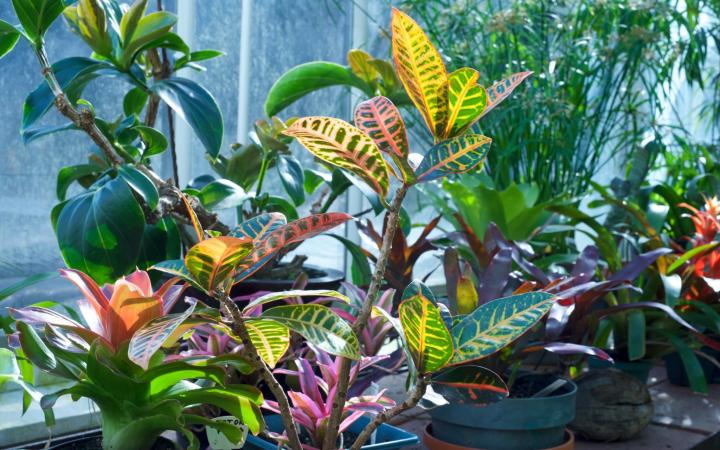
How to Grow and Care for Croton Plants
ADVERTISEMENT
Leaves keep dropping which look healthy and 1 of the stems has nodules of sap. What is the sap?
Thank you
I believe I have a croton plant. I'm wondering what the tiny spike like things are. A few of them look like new leaves growing at the tip of them. Hope I can get this figured out. Thank you.
I believe there is a variety of croton (Mammy?) that will grow new leaves. It’s not abnormal.
Should I replant my croton in potting soil or tropical potting soil?? It's about a foot long
I have some crotons in my back yard I planted about 4 years ago. The nursery called them sloppy painter crotons; from the description above, I think they might be Eleanore Roosevelt. They have a thin green leaf and uneven yellow spots like paint splotches. I recently noticed some of the tops have a bumpy dark area (sort of moldy looking). Could anyone tell me what that might be and how should I treat it? I love these in my garden and would like them to last. My first thought is to treat them with Neem Oil










Comments